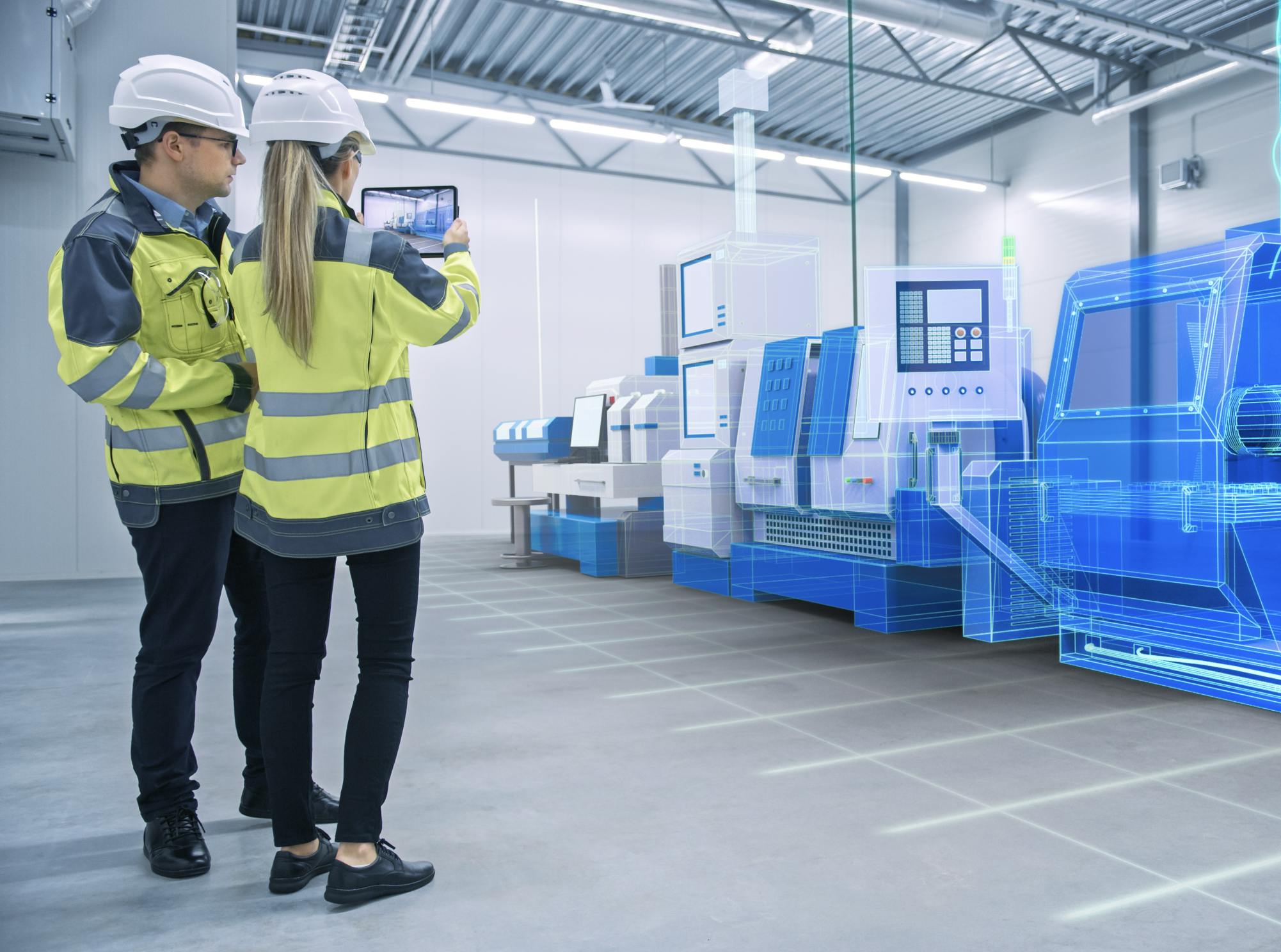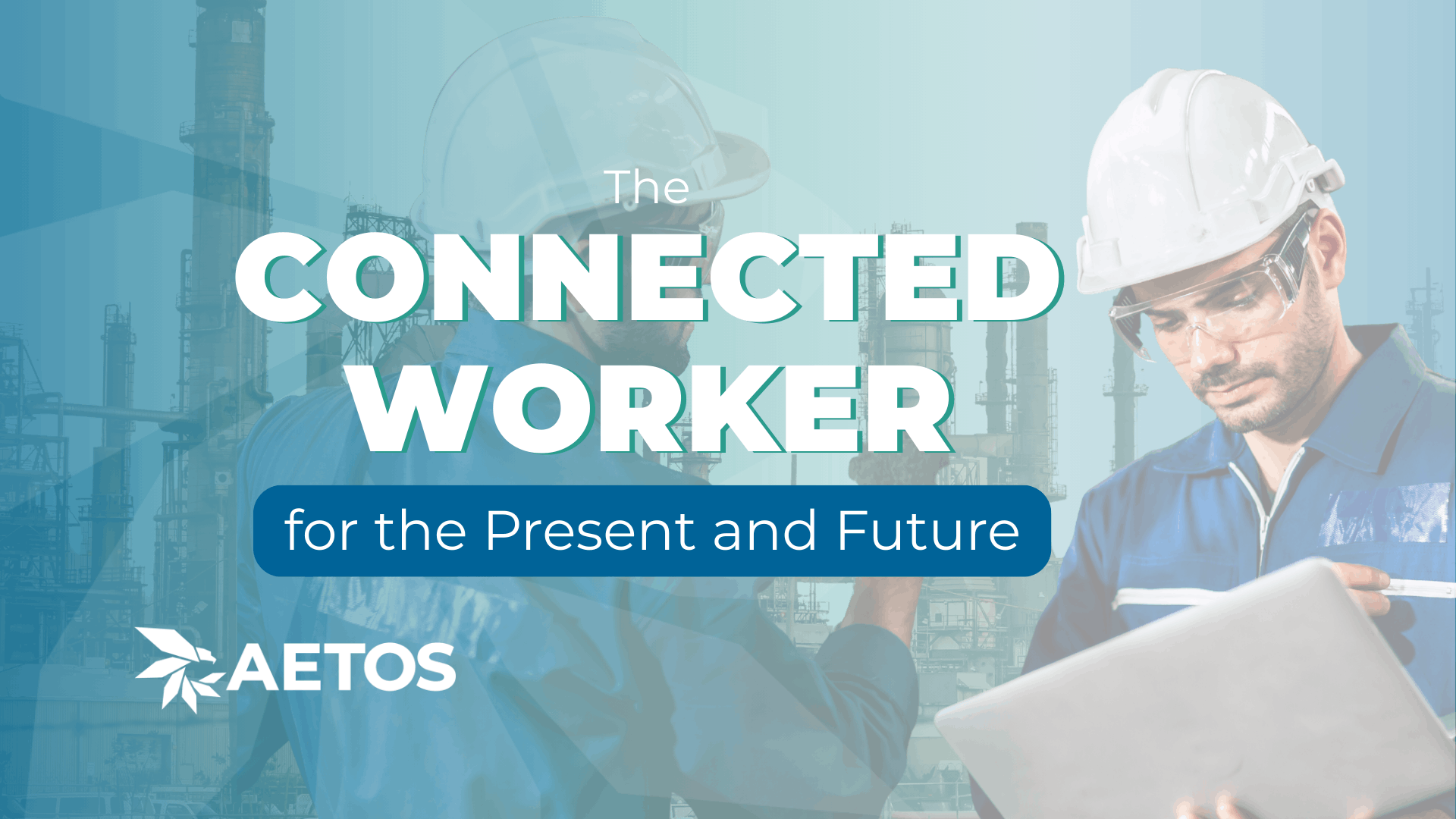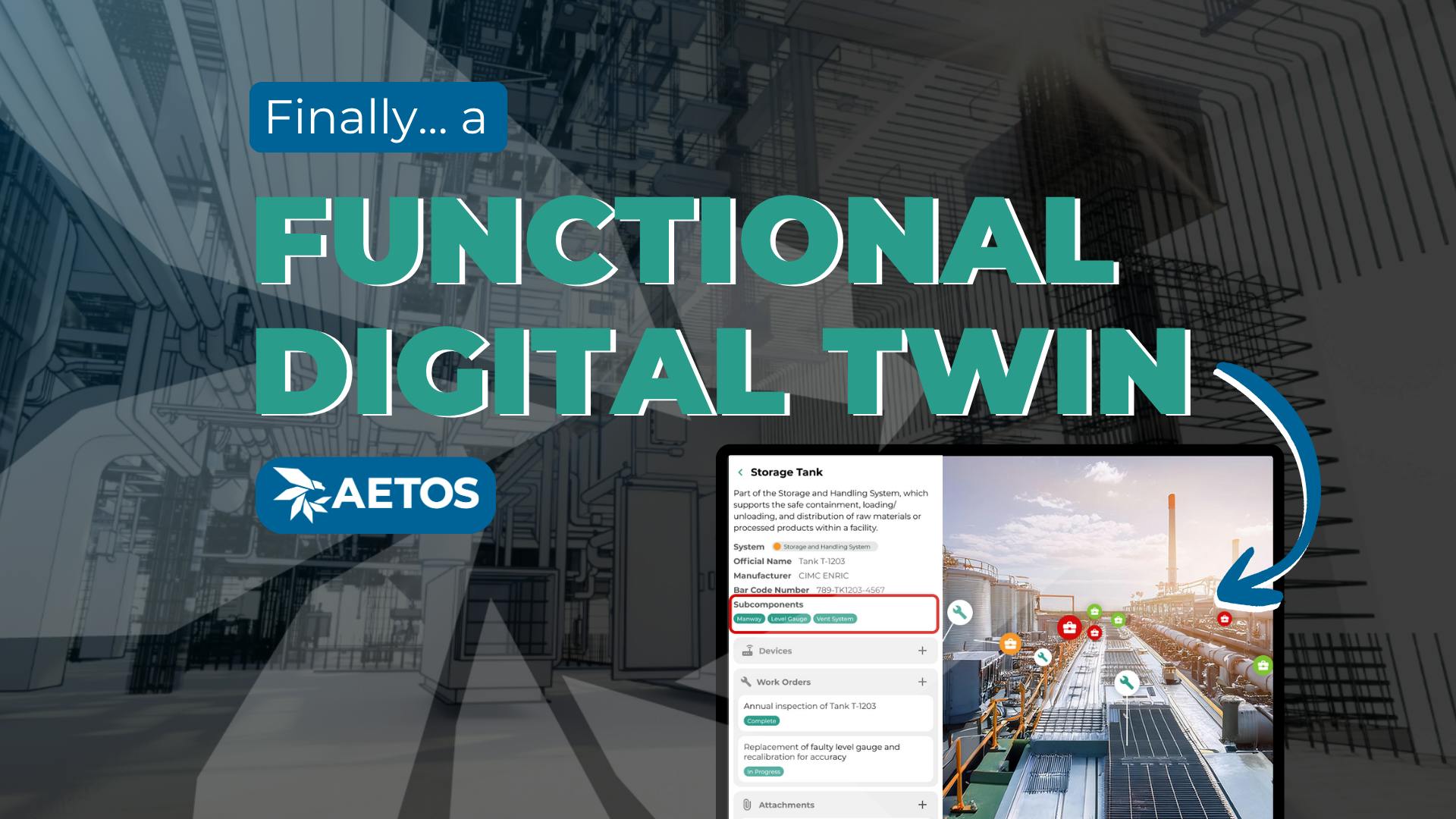Companies Need to Change to Retain the Next Generation of Workers
The red flag of institutional knowledge gaps in the workplace is not a secret. Retiring baby boomers and experienced personnel are causing retention problems for companies all around the world. With so many employees looking to leave – for various monetary and/or personal reasons – the need for a solution is pertinent.
In order to battle retention rates, organizations are looking for tools that can fill the knowledge gap – like utilizing data storage softwares or upgrading CMMS platforms. Companies are desperate for effectively training and retaining the upcoming generations of employees: Millennials and Gen Zers.
Why Change?
Both Millennials and Gen Zers have fundamentally different learning styles than that of previous generations. And it makes sense that they do: growing up during the internet/smartphone boom would yield an unprecedented exposure to technology and its potent applications. If companies can keep this in mind – and implement strategies that cater to this unique demographic – talent acquisition and retention will be much more feasible.
Millennials are 2.5x more likely to adapt to new technology than any previous generation. Similarly, Gen Z has never known a world without the internet, meaning they expect well-run, highly-functioning software, and can get frustrated with outdated systems. Visual instruction is imperative, as 70% of Millennials and Gen Zers use video tools like YouTube to learn new skills.
Over the next decade, organizations will be hiring and training these individuals, so it’s imperative to understand how these generations think, work, and interact with their employers. By establishing preferential systems for incoming personnel, corporations can begin boosting their retention rates today.
What To Change?
New techniques to find and keep younger workers revolve around providing a desirable culture and interpersonal aspects. Old methods of relying on employee loyalty and the power of pension promises are all but extinct.
The top practices that resonate with Millennials and Gen Zers include video content and training, intentional coaching and mentoring, relevant and functional technology applications, and collaborative, flexible e-learning platforms. Although it may appear generalized, these are key aspects to attracting and retaining the up-and-coming workforce.
By providing bite-sized responsibilities, expectations, feedback, and trainings also generates momentum with Millennials and Gen Zers. Over half of these workers prefer to be given time to operate within provided examples. Giving smaller tasks – and supporting them throughout – enables Millennials and Gen Zers to have confidence in their work and a feeling of contribution.
These two generations highly prefer online tools and interactions. Online tutorials, email, on-demand access, and interactive (even game-ified) training are critical elements to their overall engagement and learning styles. Outdated materials and protocols are a sure way to detract from the work environment.
Why Now?
It is estimated that by 2025, over 70% of the global workforce will be made up of Millennials. Gen Z (the oldest of which are 25 and just starting their careers) already account for 13% of the global workforce, with a projected 33% by 2030. Why is that important today, though?
As baby boomers begin to phase out and their posts become available, organizations are having a difficult time finding and keeping their positions filled. It’s becoming harder and harder to boast a retention ratio that caters to the younger generations. A study by teamstage showed that only 28% of Millennials are planning on staying with their current employer for 5 years or more, while 1 in 5 workers have changed jobs within the last 12 months.
Whether that’s providing modernized technology solutions, immersing their onboarding process in augmented reality, providing targeted on-site training, or incentivising with self-governing options, organizations are fervently looking for ways to manage the growing crisis of retention. A new generation of talent will require a new way of doing things.
This is a massive, yet unavoidable shift in employment operations. Organizations across the country are desperate to both retain and find quality personnel to join their teams. Companies that haven’t started this process will soon find themselves at a steep disadvantage to their competitors.
How Aetos is Providing a Solution
Aetos Imaging recognizes the knowledge gap is widening between generations. The old ways of training, on-boarding, and retention are becoming more outdated as turnover rates continue to rise. How has our CMMS software adapted with the times?
It’s simple: Aetos knows a shift in learning and development is critical for the next generation. We employ next-level technology to cater to relevant learning styles: custom training courses, on-demand learning, virtual reality experiences, clearly imaged resources, and collaborative meeting spaces within a Digital Twin.
New (and current) members are able to view, re-view, and review content, courses, operation elements, emergency responses – all within the digital twin that they are actually servicing! Millennials and Gen Zers are given the hyper-visualized work space and a state-of-the-art software interface. This methodology is a significant enhancement to any company’s current onboarding, retention, training, and vacancy plans.
Aetos Operate is a revolutionizing software, transforming the way safety, training, and preventative maintenance measures are executed in the built environment. No longer are 2-Dimensional CMMS viable.
By partnering with Aetos, companies are immersing its users into a 3D virtual platform, tailor-made learning is now hyper-visualized and customizable for each industry, portfolio, and building – down to the individual critical spaces and machinery components. Reach out to us today to improve retention rates and training experiences for the imminent generational shift in the workforce.



